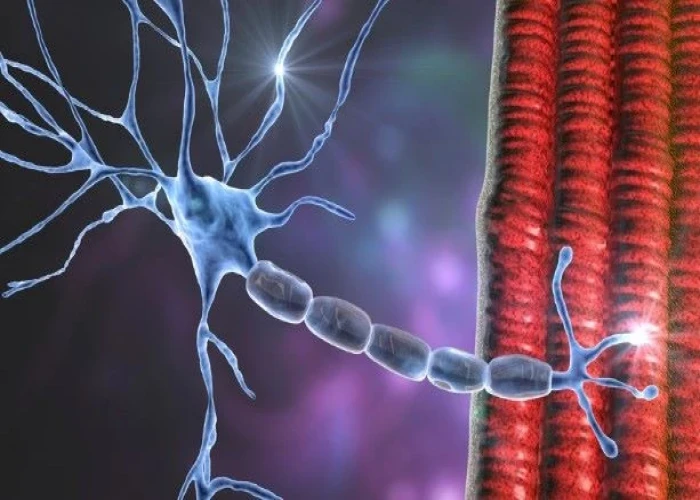 Welcome
Welcome
“May all be happy, may all be healed, may all be at peace and may no one ever suffer."
Myasthenia gravis
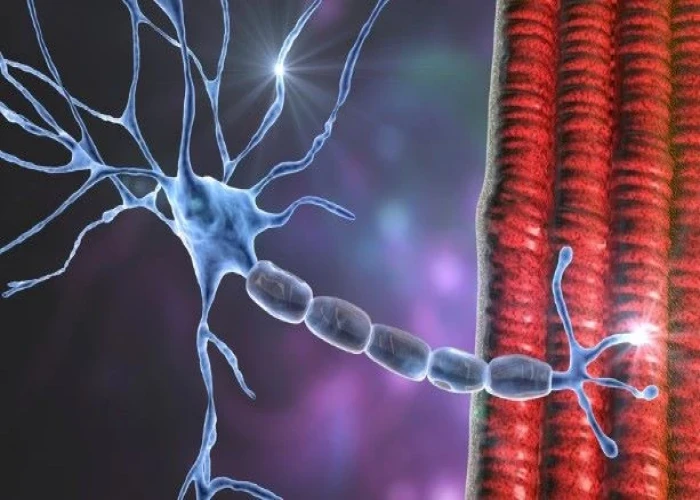
Myasthenia gravis (MG) is a neuromuscular disorder characterized by weakness and rapid fatigue of the voluntary muscles, which are the muscles that control movement. The weakness typically worsens with activity and improves with rest. The disorder can affect people of any age, but it is more common in women under 40 and men over 60.
The underlying cause of myasthenia gravis is an autoimmune response in which the body's immune system produces antibodies that block or destroy acetylcholine receptors on muscle cells. Acetylcholine is a chemical messenger that transmits signals between nerve cells and muscle cells, and the blocking of these receptors can interfere with the normal functioning of the neuromuscular junction.
The symptoms of myasthenia gravis can vary widely, depending on the muscles that are affected, but typically include:
- Muscle weakness, particularly in the eyes, face, throat, and neck
- Double vision or drooping eyelids
- Difficulty speaking, chewing, or swallowing
- Weakness in the arms or legs
- Fatigue and exhaustion, particularly after physical activity or prolonged use of affected muscles
There is no cure for myasthenia gravis, but treatment options can help manage symptoms and improve quality of life. These may include medications that enhance the function of acetylcholine, such as cholinesterase inhibitors, or medications that suppress the immune system, such as corticosteroids or immunosuppressants.
In severe cases, plasmapheresis or intravenous immunoglobulin (IVIG) may be used to remove or block the harmful antibodies that are causing the muscle weakness. In some cases, surgery to remove the thymus gland (thymectomy) may also be recommended, as this gland is thought to play a role in the immune system's response in myasthenia gravis.
Overall, with proper management and treatment, most people with myasthenia gravis are able to live active and fulfilling lives. However, the disorder can be life-threatening in some cases, particularly if it affects the muscles involved in breathing, and it is important to seek medical attention promptly if symptoms worsen or new symptoms arise.
Research Papers
Disease Signs and Symptoms
- Double vision (diplopia)
- Difficulty swallowing (dysphagia)
- Difficulty breathing (dyspnea)
- Double vision (diplopia), which may be horizontal or vertical, and improves or resolves when one eye is closed
- Unusual paleness (pallor), which occurs due to a low red blood cell count (anemia)
Disease Causes
Myasthenia gravis
Antibodies
Your nerves communicate with your muscles by releasing chemicals (neurotransmitters) that fit precisely into receptor sites on the muscle cells at the nerve-muscle junction.
In myasthenia gravis, your immune system produces antibodies that block or destroy many of your muscles' receptor sites for a neurotransmitter called acetylcholine (as-uh-teel-KOH-leen). With fewer receptor sites available, your muscles receive fewer nerve signals, resulting in weakness.
Antibodies can also block the function of a protein called muscle-specific receptor tyrosine kinase (TIE-roh-seen KIE-nays), sometimes referred to as MuSK. This protein is involved in forming the nerve-muscle junction. Antibodies against this protein can lead to myasthenia gravis. Antibodies against another protein, called lipoprotein-related protein 4 (LRP4), can play a part in the development of this condition. Other antibodies have been reported in research studies and the number of antibodies involved will likely expand over time. Some people have myasthenia gravis that isn't caused by antibodies blocking acetylcholine, MuSK or LRP4. This type of myasthenia gravis is called seronegative myasthenia gravis or antibody-negative myasthenia gravis. In general, researchers assume that these types of myasthenia gravis still have an autoimmune basis but the antibodies involved are just not detectable yet.
Thymus gland
The thymus gland is a part of your immune system situated in the upper chest beneath your breastbone. Researchers believe that the thymus gland triggers or maintains the production of the antibodies that block acetylcholine.
Large in infancy, the thymus gland is small in healthy adults. In some adults with myasthenia gravis, however, the thymus gland is abnormally large. Some people with myasthenia gravis also have tumors of the thymus gland (thymomas). Usually, thymomas aren't cancerous (malignant), but they can become cancerous.
Other causes
Rarely, mothers with myasthenia gravis have children who are born with myasthenia gravis (neonatal myasthenia gravis). If treated promptly, children generally recover within two months after birth.
Some children are born with a rare, hereditary form of myasthenia gravis, called congenital myasthenic syndrome.
Factors that can worsen myasthenia gravis
- Fatigue
- Illness or infection
- Surgery
- Stress
- Some medications — such as beta blockers, quinidine gluconate, quinidine sulfate, quinine (Qualaquin), phenytoin, certain anesthetics and some antibiotics
- Pregnancy
- Menstrual periods
Disease Prevents
Disease Treatments
Various treatments, alone or in combination, can relieve symptoms of myasthenia gravis. Your treatment will depend on your age, how severe your disease is and how fast it's progressing.
Medications
- Cholinesterase inhibitors. Medications such as pyridostigmine (Mestinon, Regonal) enhance communication between nerves and muscles. These medications aren't a cure, but they can improve muscle contraction and muscle strength in some people.
- Possible side effects include gastrointestinal upset, diarrhea, nausea, and excessive salivation and sweating.
- Corticosteroids. Corticosteroids such as prednisone (Rayos) inhibit the immune system, limiting antibody production. Prolonged use of corticosteroids, however, can lead to serious side effects, such as bone thinning, weight gain, diabetes and increased risk of some infections.
- Immunosuppressants. Your doctor might also prescribe other medications that alter your immune system, such as azathioprine (Azasan, Imuran), mycophenolate mofetil (Cellcept), cyclosporine (Sandimmune, Gengraf, others), methotrexate (Trexall) or tacrolimus (Astrograf XL, Prograf, others). These drugs, which can take months to work, might be used with corticosteroids.
- Side effects of immunosuppressants, such as increased risk of infection and liver or kidney damage, can be serious.
Intravenous therapy
The following therapies are usually used in the short term to treat a sudden worsening of symptoms or before surgery or other therapies.
- Plasmapheresis (plaz-muh-fuh-REE-sis). This procedure uses a filtering process similar to dialysis. Your blood is routed through a machine that removes the antibodies that block transmission of signals from your nerve endings to your muscles' receptor sites. However, the good effects usually last only a few weeks, and repeated procedures can lead to difficulty accessing veins for the treatment.
- Risks associated with plasmapheresis include a drop in blood pressure, bleeding, heart rhythm problems or muscle cramps. Some people develop an allergic reaction to the solutions used to replace the plasma.
- Intravenous immunoglobulin (IVIg). This therapy provides your body with normal antibodies, which alters your immune system response. Benefits are usually seen in less than a week and can last 3 to 6 weeks.
- Side effects, which usually are mild, can include chills, dizziness, headaches and fluid retention.
- Monoclonal antibody. Rituximab (Rituxan) and the more recently approved eculizumab (Soliris) are intravenous medications for myasthenia gravis. These drugs are usually used for people who don't respond to other treatments. They can have serious side effects.
Surgery
Some people with myasthenia gravis have a tumor in the thymus gland. If you have a tumor, called a thymoma, doctors will surgically remove your thymus gland (thymectomy).
Even if you don't have a tumor in the thymus gland, removing the gland might improve your myasthenia gravis symptoms. However, the benefits of thymectomy can take years to develop.
A thymectomy can be performed as an open surgery or as a minimally invasive surgery. In open surgery, your surgeon splits the central breastbone (sternum) to open your chest and remove your thymus gland.
Minimally invasive surgery to remove the thymus gland uses smaller incisions. It might also involve:
- Video-assisted thymectomy. In one form of this surgery, surgeons make a small incision in your neck or a few small incisions in the side of your chest. They then use a long, thin camera (video endoscope) and small instruments to see and remove the thymus gland.
- Robot-assisted thymectomy. In this form of thymectomy, surgeons make several small incisions in the side of your chest and remove the thymus gland using a robotic system, which includes a camera arm and mechanical arms.
These procedures might cause less blood loss, less pain, lower mortality rates and shorter hospital stays compared with open surgery.
Disease Diagnoses
Disease Allopathic Generics
Disease Ayurvedic Generics
Disease Homeopathic Generics
Disease yoga
Myasthenia gravis and Learn More about Diseases

Complex regional pain syndrome

Pancreatitis
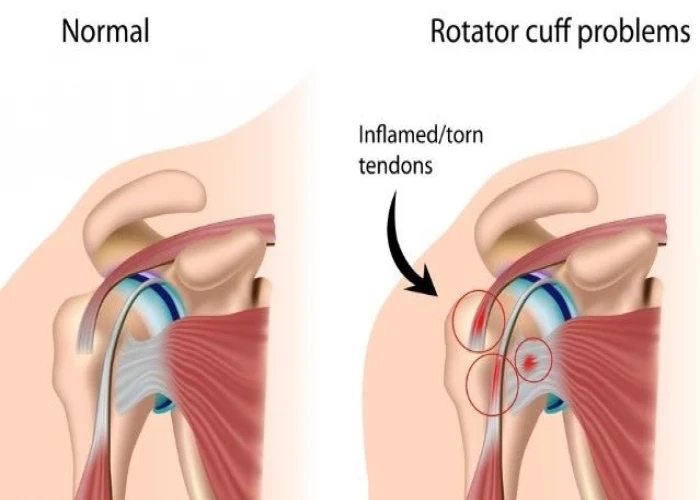
Rotator cuff injury
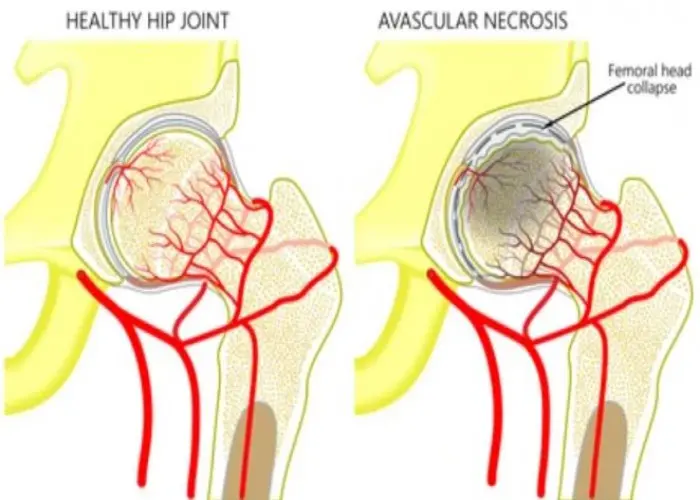
Avascular necrosis

Male infertility

Hyponatremia
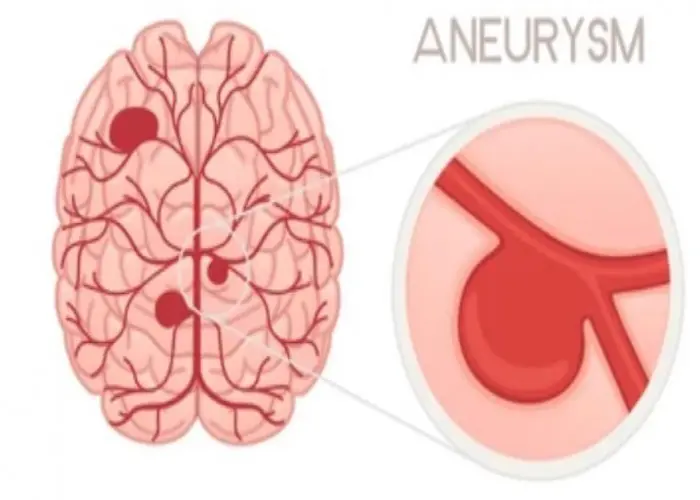
Brain aneurysm

Angina
myasthenia gravis, মায়াস্থেনিয়া গ্রাভিস
To be happy, beautiful, healthy, wealthy, hale and long-lived stay with DM3S.
